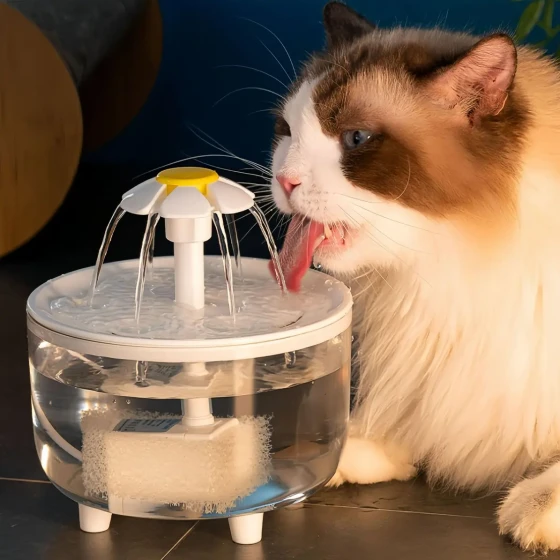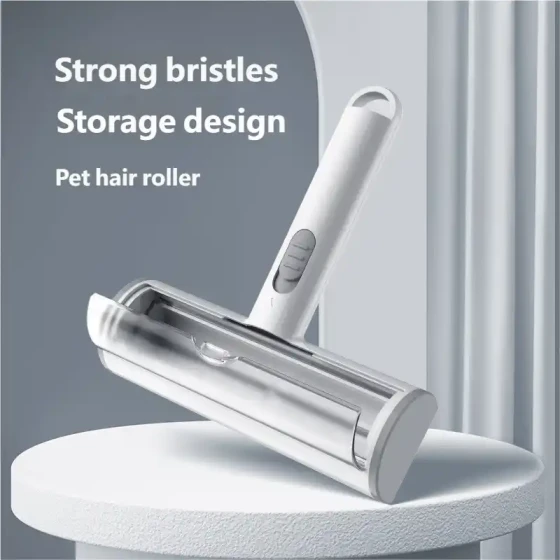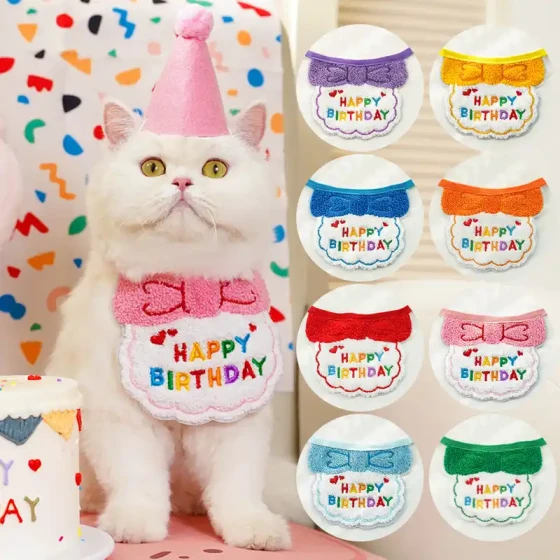Can Cat Jaundice Heal by Itself_The Survival Guide for Jaundiced Cats
Can cat jaundice heal by itself? This question is like asking if a car with a red warning light on can drive home on its own — it sounds hopeful at first, but rationally, that light usually signals big trouble, and ignoring it will only make things worse. To put it bluntly: jaundice in cats is a symptom rather than an independent disease, and it is almost impossible to heal by itself. Once detected, professional veterinary help must be sought immediately, because jaundice is the body’s “red alert,” indicating potential, often severe or even fatal illness.
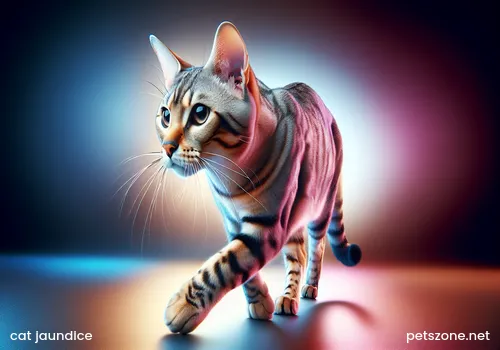
Why so sure? Let's first discuss the essence of jaundice. Medically called "icterus," jaundice causes the cat’s skin, mucous membranes, and ocular sclera (the white part of the eye) to show an abnormal yellow color. This yellow comes from an accumulation of a pigment called bilirubin in the body. Bilirubin is a metabolic product produced when red blood cells age or break down normally. Under healthy conditions, it is processed in the liver, then excreted into the intestines through bile, and finally eliminated with feces (which is one reason why cat feces are usually brown).
When any link in this delicate "production-processing-transport-excretion" chain malfunctions, bilirubin accumulates more and more in the blood, eventually seeping into body tissues, staining them with that striking yellow. This “malfunction” is no small matter; it may occur from excessive bilirubin production, inadequate liver processing capacity, or obstructed bile excretion — any of these three main steps can be involved. The underlying causes are diverse and are definitely not conditions where you can just "wait and see."
Let’s play detective and follow bilirubin’s "life cycle" to see where problems may arise:
- Excessive Production (Pre-hepatic jaundice): Simply put, red blood cells are destroyed massively, producing bilirubin far beyond the liver’s processing capacity. This is usually related to severe hemolytic diseases, such as autoimmune hemolytic anemia (IMHA), parasitic infections (e.g., blood parasites), poisoning (certain foods or drugs highly toxic to cats, like onions, garlic, acetaminophen), viral infections (such as feline leukemia virus FeLV, feline immunodeficiency virus FIV), or even transfusion reactions. Imagine a factory that normally produces 100 parts per day suddenly being required to produce 1,000, the downstream processing department can’t keep up, and backlog is inevitable. Jaundice in this scenario, if the destruction of red blood cells isn’t stopped promptly, can lead to disastrous outcomes.
- Liver Processing Dysfunction (Hepatic jaundice): This is one of the most common causes. The liver, as the "processing plant" of bilirubin, will face issues if it suffers from conditions such as hepatitis (bacterial, viral, or immune-mediated), fatty liver (especially common in obese cats that stop eating for a long time, medically called hepatic lipidosis), liver tumors, or cirrhosis. These all hinder the liver’s ability to absorb, process, or secrete bilirubin effectively. The liver’s compensatory ability is strong, and early disease signs often are not obvious. Once jaundice appears, it usually means the liver is already severely damaged and is basically sounding the alarm. Expecting it to quietly repair itself is as unrealistic as expecting a smoking machine to cool down on its own.
- Excretion Obstruction (Post-hepatic jaundice): This condition occurs when the bile duct system, which channels bilirubin from the liver to the intestines, is blocked. The culprits may be gallstones, cholangitis (bile duct inflammation), tumors compressing the bile duct or surrounding organs (such as pancreas, intestines), obstruction of the common bile duct caused by pancreatitis, or trauma-induced bile duct rupture. This is like a clogged sewer where wastewater cannot drain and only backs up. Bile stasis not only causes jaundice but also further damages the liver and can cause infections. Such obstructions rarely heal spontaneously and usually require surgical intervention.
See, jaundice itself is not the root disease but a "signal light" for these serious illnesses. Whether it’s hemolysis, liver damage, or bile duct obstruction, none is something a cat can overcome by simply "lying flat" or "drinking hot water." These conditions often progress rapidly and may accompany symptoms like loss of appetite, vomiting, diarrhea, lethargy, weight loss, increased drinking and urination, coagulation dysfunction (with abnormal bleeding or bruising), and neurological symptoms (such as confusion and ataxia). In severe cases, they can be life-threatening.
Therefore, when you see that yellow tint on your cat’s eye whites, inner ears, gums, or even paw pads, do not hold onto false hopes expecting it to get better on its own. It’s like receiving a telegram saying "Return immediately, urgent!" — you wouldn’t throw it aside to keep playing games; you’d act immediately.
The Survival Guide for Jaundiced Cats: Race Against Time, Respond Scientifically
Since self-healing is a fantasy, the only correct strategy is: speed first, then accuracy.
- Seek veterinary care immediately without delay. This is the most crucial first step. Any delay with jaundice might worsen the condition and miss the best treatment window. The vet will perform a thorough physical examination, paying close attention to mucous membrane color, to preliminarily identify the presence and severity of jaundice.
- Comprehensive diagnosis to find the real culprit. Jaundice is just a symptom. The vet needs a series of diagnostic approaches to determine the specific cause behind it. This usually includes:
- Blood tests: Complete blood count (CBC) can assess red blood cell destruction; biochemical tests measure total bilirubin, liver enzymes, kidney markers, helping differentiate jaundice types and assess organ function. Specialized blood tests, such as the Coombs test, help diagnose immune-mediated hemolysis; blood smears can detect blood parasites; viral tests for FeLV/FIV may also be performed.
- Imaging tests: X-rays may not directly show the cause of jaundice, but ultrasound is an important tool to examine the liver, gallbladder, bile ducts, and pancreas. It helps evaluate liver size and structure, check for bile duct dilation or obstruction, and detect tumors or pancreatitis. In complex cases, more advanced imaging may be needed.
- Urinalysis and fecal examination: Bilirubin can appear in urine, and fecal color may change due to abnormal bile excretion.
- Liver biopsy: In complicated or suspected liver parenchymal disease cases, tissue sampling for pathology analysis is the gold standard for diagnosing many liver conditions.
- Cause-specific treatment to remove the root problem. Once the underlying cause of jaundice is identified, the treatment plan becomes clear. Treatment is not for jaundice itself but for the "culprit" causing it.
- If hemolysis is the cause, immunosuppressants may be used to control immune attacks on red blood cells, treat parasites like blood worms, or even perform transfusions to correct severe anemia.
- If it's liver disease, treatment depends on the specific diagnosis and might include antibiotics to control infections, hepatoprotective drugs (such as S-adenosylmethionine SAMe, silybin/silymarin), anti-inflammatory drugs (like corticosteroids for certain hepatitis types), and disease-specific therapy.
- For bile duct obstruction, especially complete blockage, surgery is often required to relieve the obstruction, such as removing stones, tumor excision, or bile duct drainage.
- If fatty liver is diagnosed, core treatment involves aggressive nutritional support, often requiring placement of an esophageal feeding tube or gastrostomy tube to forcibly provide high-protein, high-calorie food to help liver function recover. This may necessitate hospitalization with 24-hour care for several weeks.
- Supportive care to safeguard recovery. Regardless of the root cause, jaundiced cats usually need comprehensive supportive treatments to stabilize conditions and relieve symptoms. These include:
- Intravenous fluids: To correct dehydration and electrolyte imbalances, maintain circulatory stability, and assist the body in excreting metabolic waste.
- Nutritional support: Many jaundiced cats refuse to eat and cannot intake sufficient nutrition. Forced feeding or use of feeding tubes is key, providing easily digestible, balanced prescription diets, possibly supplemented with vitamin K (to aid coagulation, since bile obstruction affects vitamin K absorption) and B vitamins.
- Anti-emetics and anti-diarrheals: To relieve gastrointestinal symptoms and maintain fluid and electrolyte balance.
- Pain management: If diseases cause pain, appropriate analgesics need to be administered.
About Prognosis and Recovery
The prognosis of jaundice fully depends on the underlying cause, severity of the condition, and timeliness and effectiveness of treatment. Some diseases, if diagnosed early and treated effectively, allow for complete recovery in cats. For example, jaundice caused by certain infections may improve within weeks; fatty liver treatment often results in a good prognosis. However, late-stage tumors, severe irreversible liver damage, or certain viral infections (such as late-stage FIP causing jaundice) carry a poor prognosis, and treatment may only alleviate symptoms and improve quality of life. Recovery time also varies: mild cases may take days to weeks; severe cases might require weeks to months.
Raising cats is not easy, and cats are highly resilient animals. Often, by the time they show abnormalities, their condition is no longer early-stage. Jaundice is a serious warning signal that must not be ignored; it is not a chance to search online for folk remedies or wait for miracles. It is the body screaming at the top of its lungs: "I’m seriously ill, take me to the vet now!" More vigilance, less wishful thinking — this is the best "survival guide" for jaundiced cats.
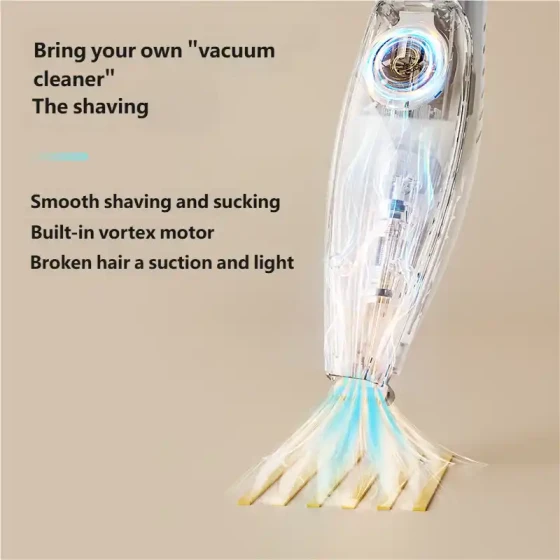
-560x560.webp)
